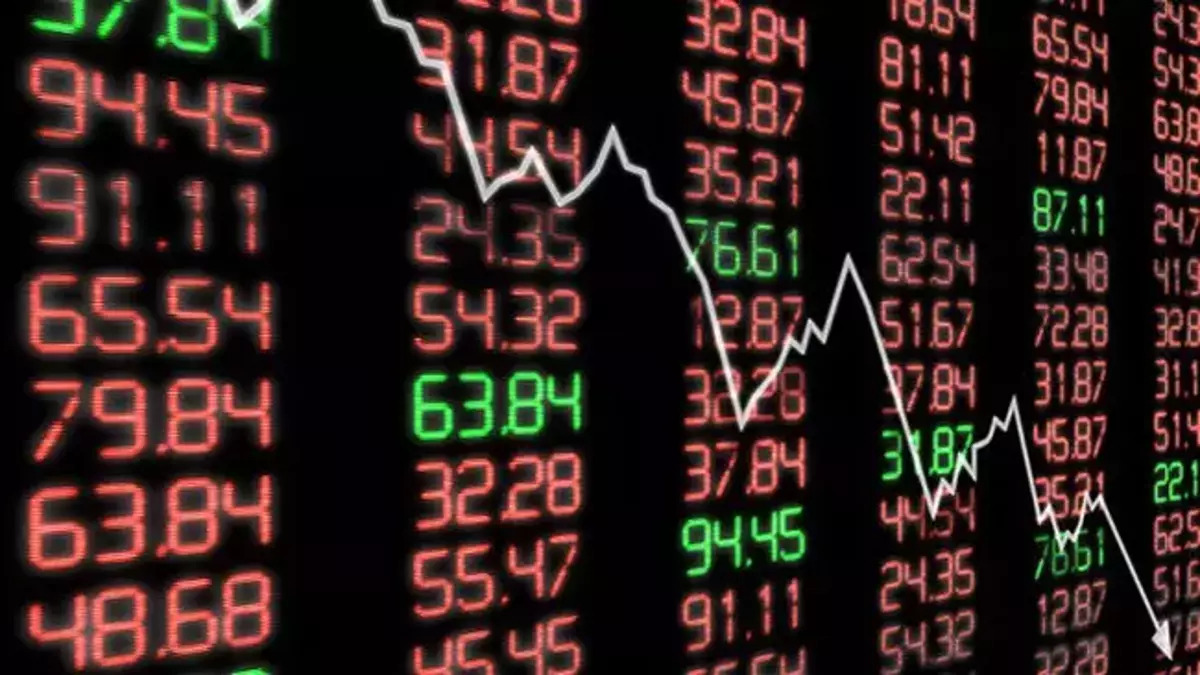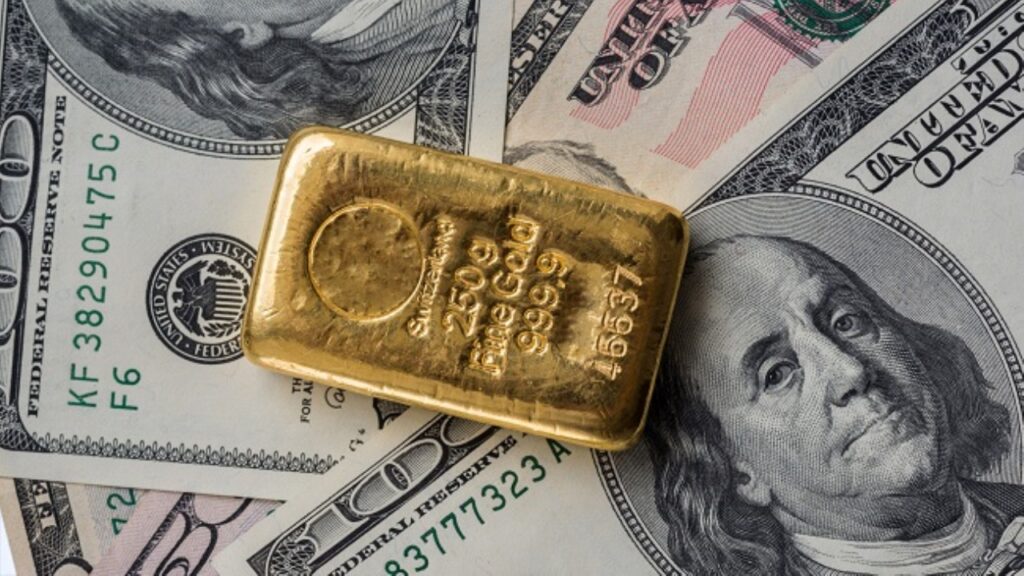According to RBC Capital Markets, although gold is heading towards its fifth monthly decline, a price scenario high above $2,030 cannot be ruled out this fall.
“This is why gold is priced this way”
cryptocoin.com As you follow, gold rose above $ 2,000 in March. The yellow metal, which later declined, closed August with more than 5% year-on-year decline. RBC Capital Markets commodity strategist Christopher Louney said in a statement:
The big rally we saw at the beginning of the year, especially when Russia invaded Ukraine, was a typical gold-specific crisis performance.
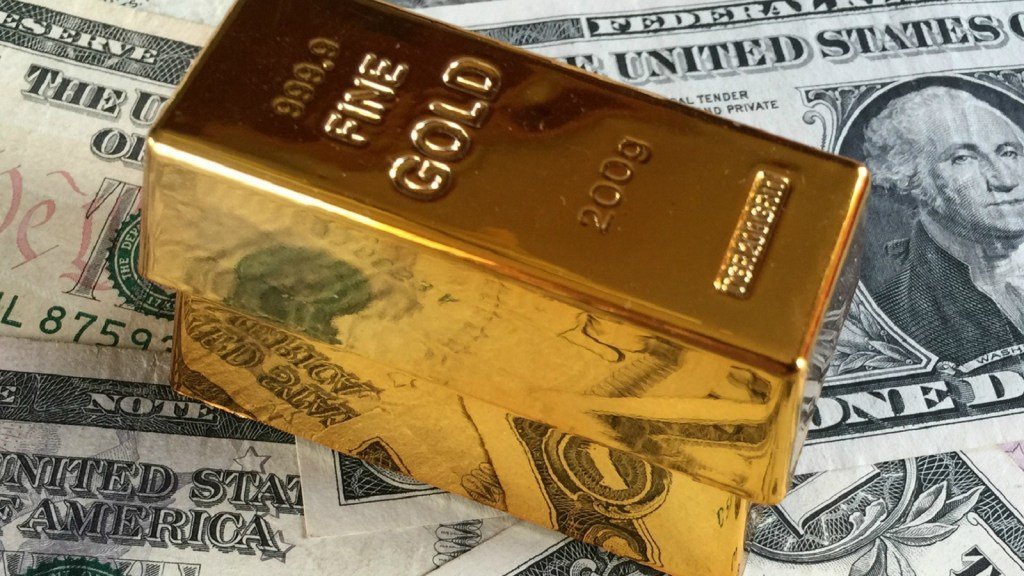
But since then, gold has fallen from its yearly high. According to Louney, this is because the details of such crises are negative for the precious metal. In this context, the analyst makes the following assessment:
Economic and financial fallout is needed for gold to perform stronger over the long term. And while there has certainly been financial and economic fallout, this crisis has been played out to mean higher interest rates and a stronger dollar. After all, this is not always the case when we think of a crisis. This is one reason why gold is priced this way.
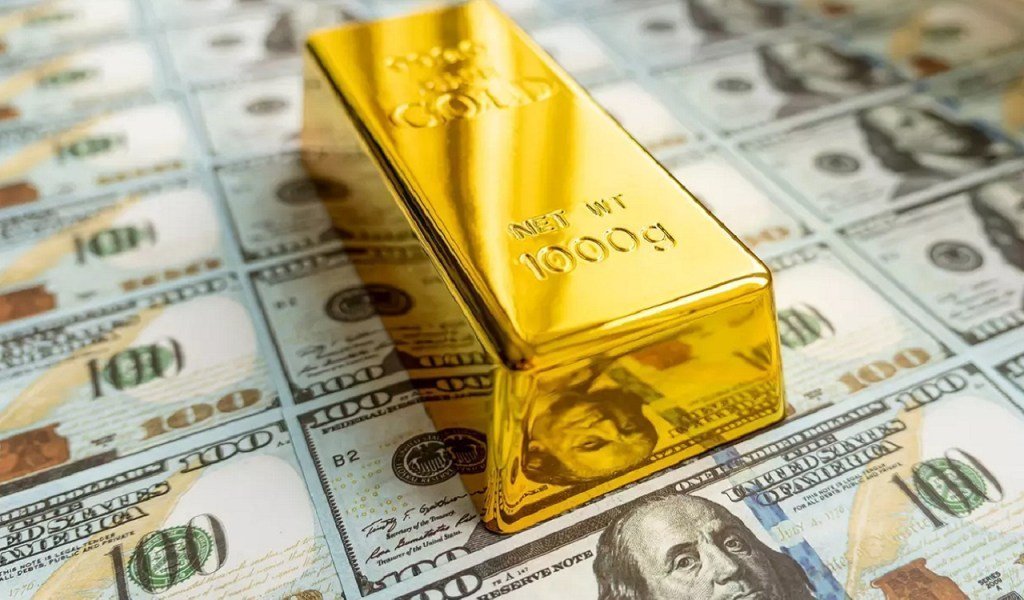
“Gold Stuck”
Macro drivers of aggressive rate hikes and a strong dollar keep gold below $1,800, according to RBC strategist. Christopher Louney comments:
Gold stuck. Day after day, it faced surprises versus expectations in response to macro data or Fed speech. The repricing of 50 versus 75 basis point increases and how long they last is what drives gold on a daily basis.
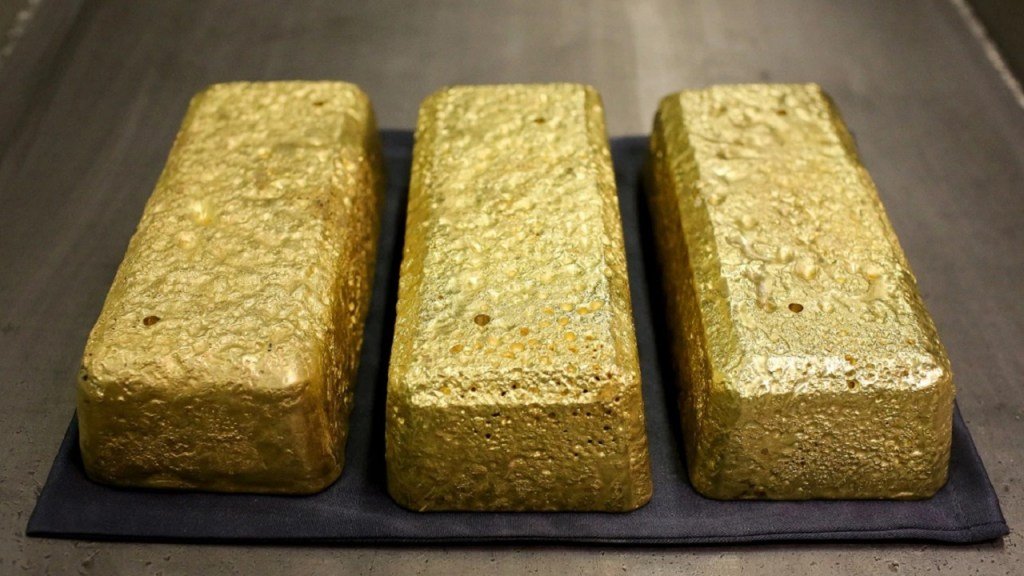
“Over $2,000 for gold still possible in the fall”
However, it is possible that rising geopolitical tensions will still support gold by the end of the year, according to the strategist. So a price tag of over $2,000 is still possible this fall. Christopher Louney explains the reason for this prediction as follows:
Gold’s tug-of-war takes place against a high-risk environment. There is a war going on in continental Europe. Also, US-China tensions over Taiwan continue. On top of that, there are the broader geopolitical trade complexities of what’s going on in terms of an energy crisis and broader economic performance. This high-risk perceived safe-haven undercurrent has a tailwind supporting gold above where macro factors would put it.
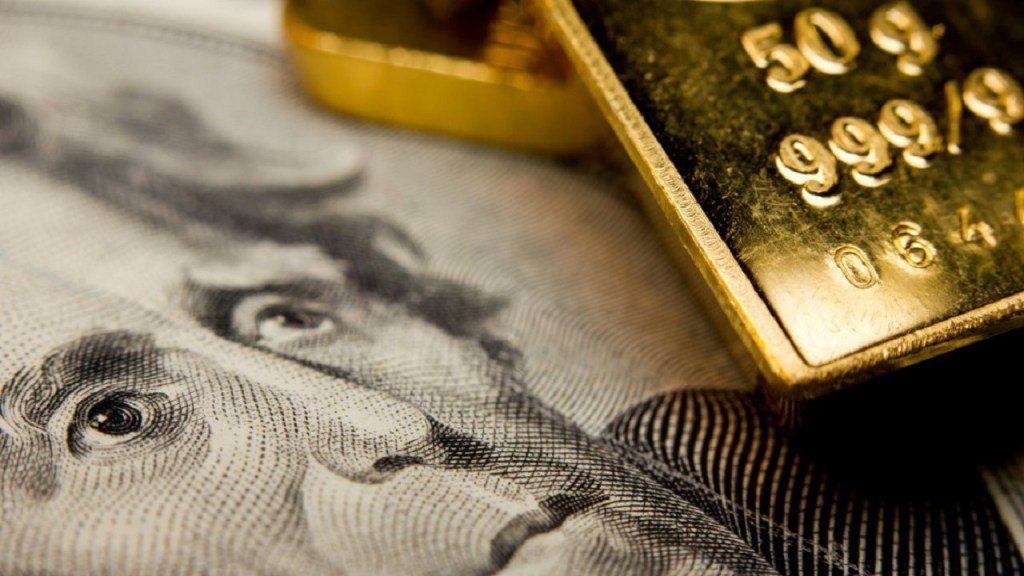
Medium and high scenarios for gold prices
Because of these opposing forces, RBC identifies two potential scenarios by the end of the year, medium and high. Under the mid-scenario, defined by more interest rate hikes and a strong dollar, gold will average $1,773 per year, with $1,679 in Q3 and $1,663 in Q4. “This is a fair price of gold if it’s only set by macro drivers,” Louney says.
The high scenario is based on forecasting more geopolitical risks and safe-haven low flows. Against this backdrop, he estimates gold at an annual average of $1,944 for 2022. For this, it forecasts $2,036 in Q3 and $1,986 in Q4. Louney continues with the following explanations regarding these scenarios:
This is the outlook where geopolitical risks come to the fore and the gold price exploration process has become the core principles of how it’s done, as more safe haven flows into ETFs and other gold assets. If the market is more concerned about geopolitical risk or the broader risk facing the economy, our high scenario is a fair bet.

RBC’s baseline scenario is based on a mild recession in the US
Meanwhile, gold’s current trading pattern places the precious metal between RBC’s mid and high scenarios. Whether we’re in a risk-free or risk-free environment is really about what investors put in the driver’s seat for yellow metal. This question is really important. According to Louney, these triggers are likely to lead to higher gold prices seen earlier this year.
On the economic front, RBC’s baseline scenario is based on a mild recession in the US. This will be enough to keep gold prices slightly higher. But it is unlikely to lead to new record levels. Louney adds that ETF flows for gold are the only indicator that needs close attention for the rest of the year. The strategist records the following words on this subject:
ETF flows have not been good this year. This is a good indicator of how the market views risk and perceived safe-haven desire.





